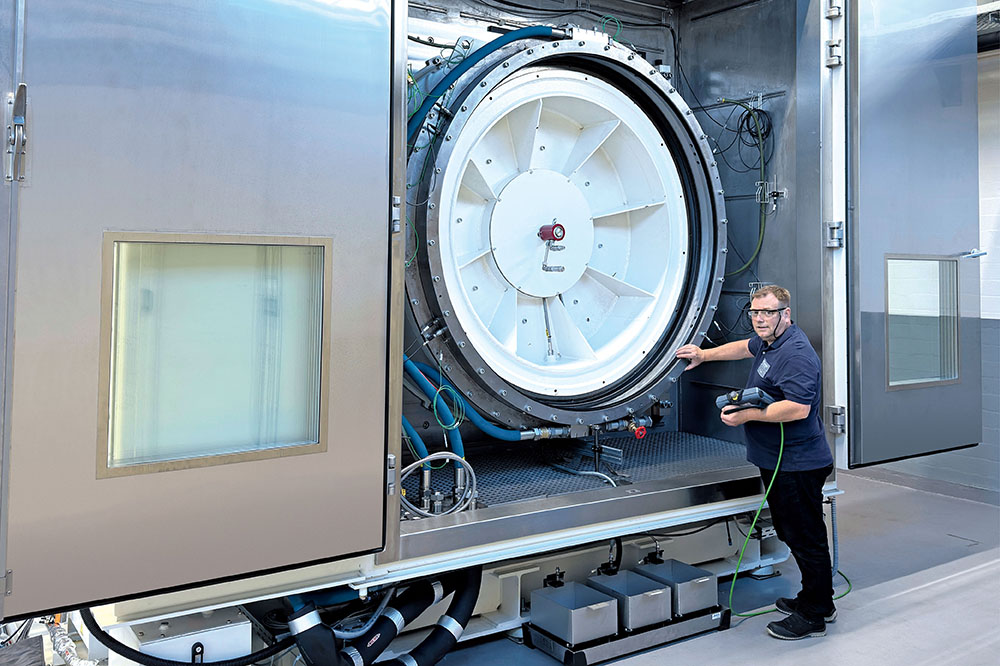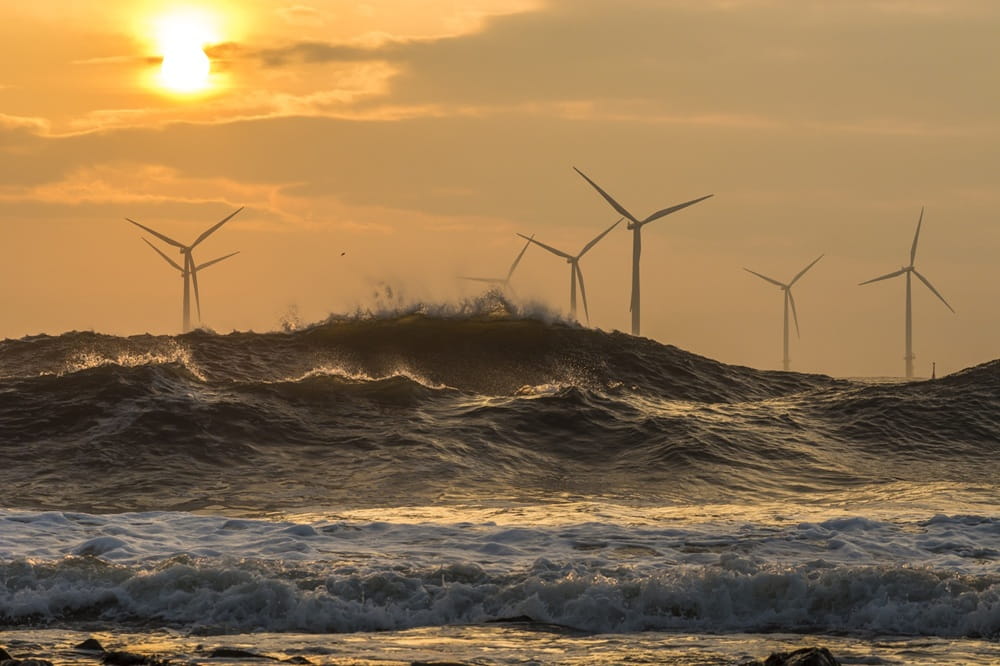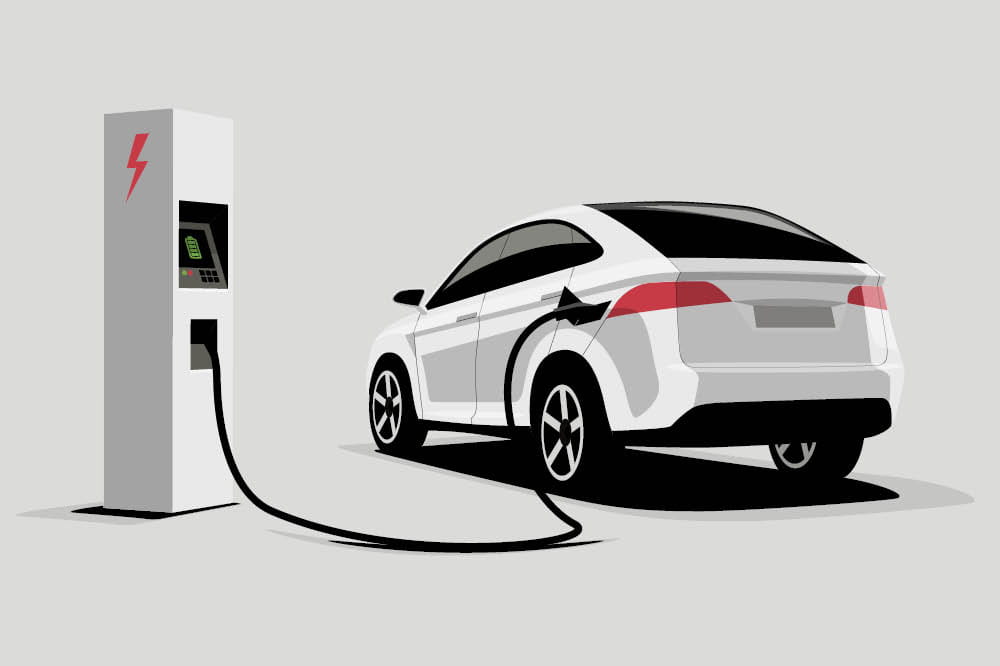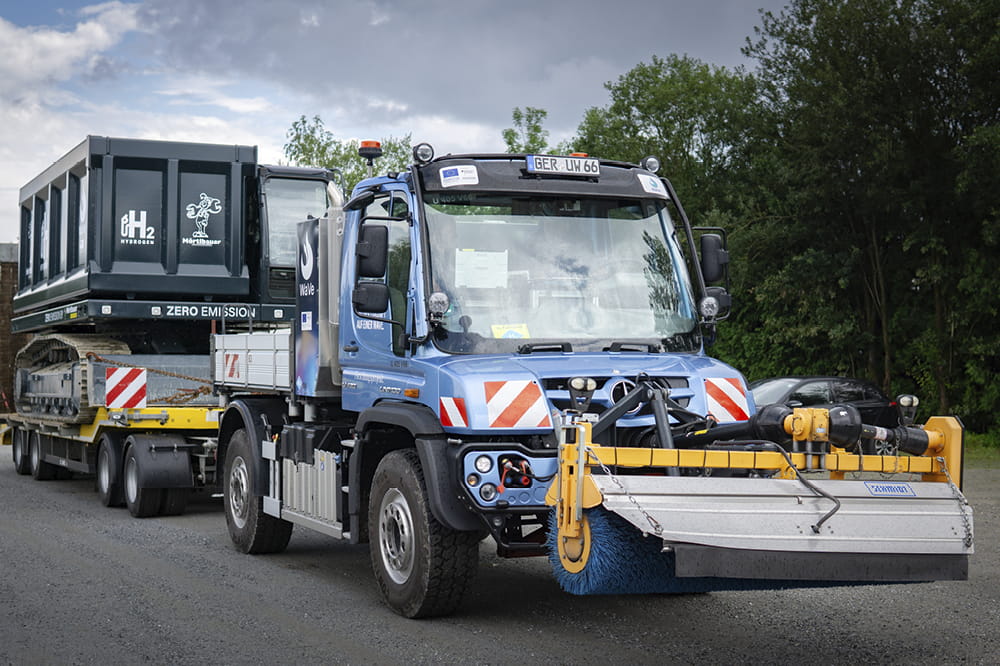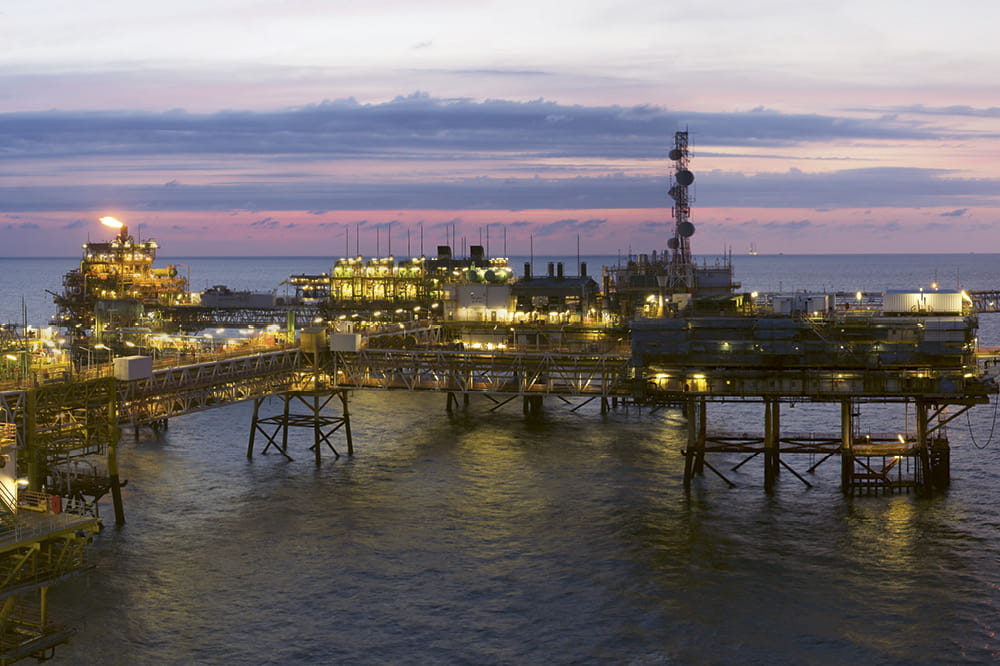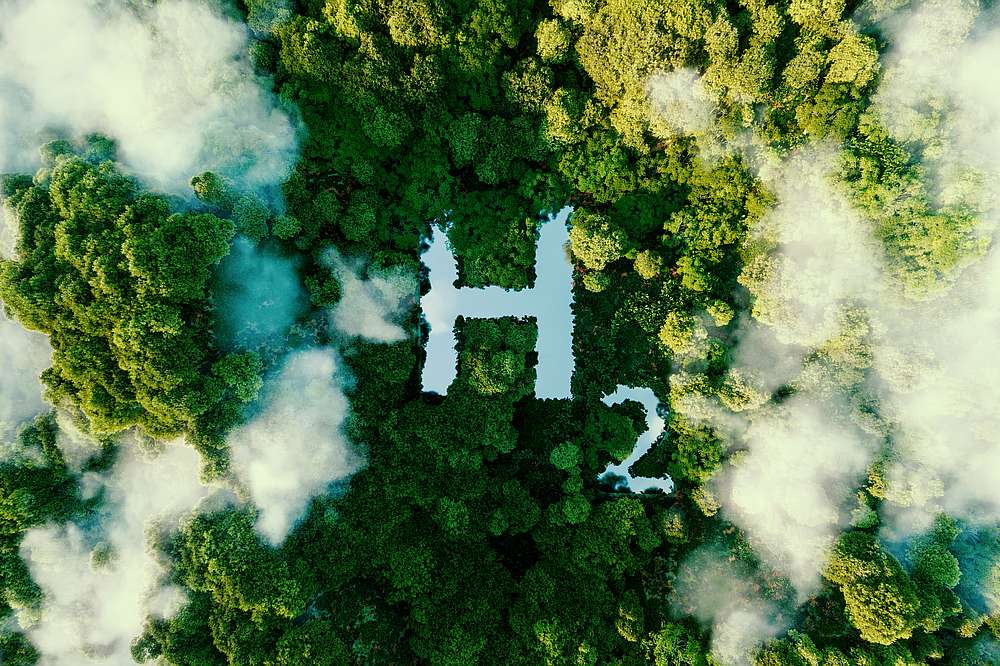Obtain news and background information about sealing technology, get in touch with innovative products – subscribe to the free e-mail newsletter.
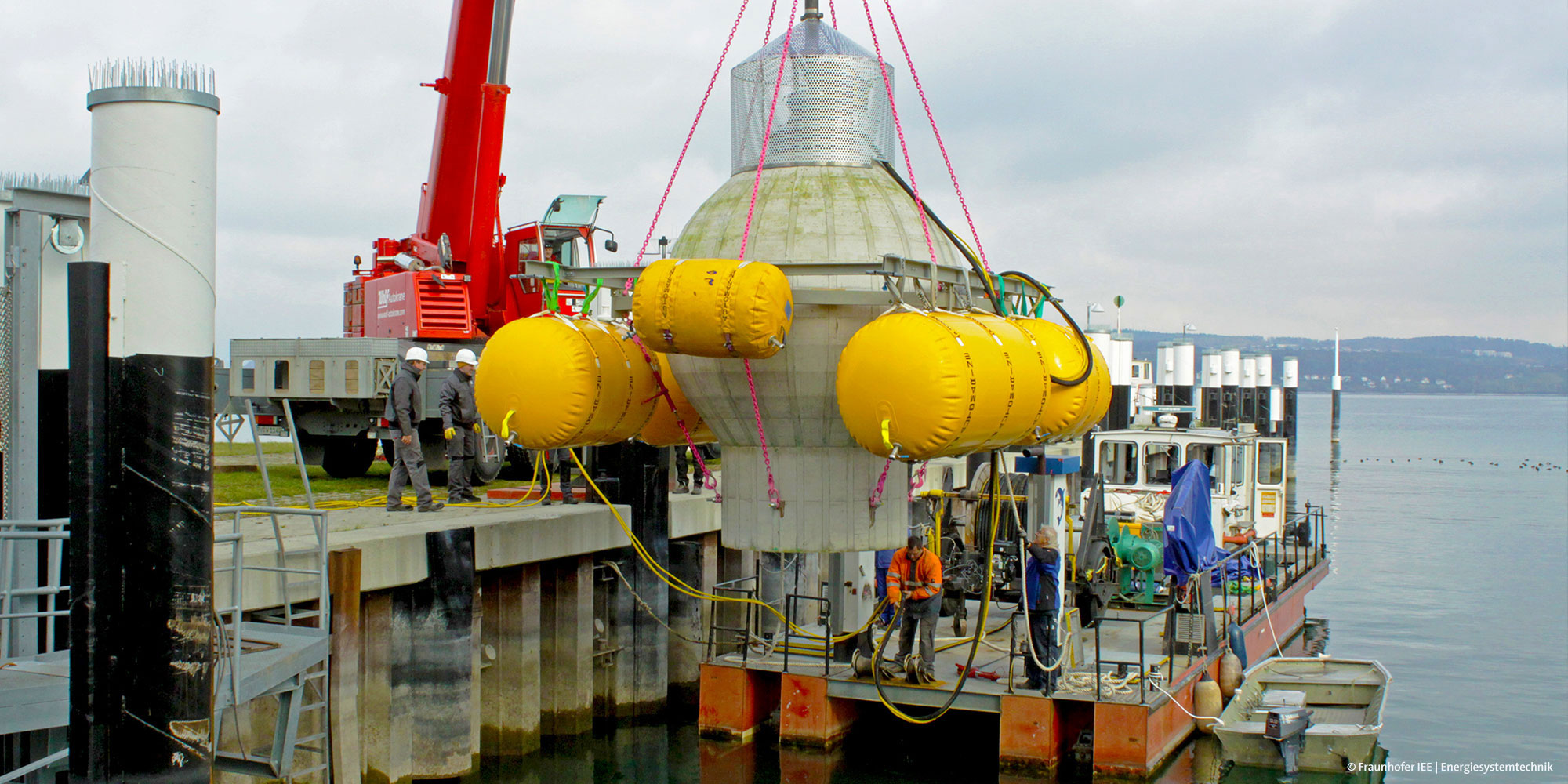
13.02.2018 | Story
Underwater Energy Storage
Anyone betting on renewable energy has to deal with a few pitfalls: To produce it, the wind has to blow, the sun has to shine or water has to flow. But it’s hard to store energy generated like this. And the amount cannot be ramped up or throttled at will, as in conventional powerplants. There are a few potential ways to solve this problem. A project in Lake Constance highlighted a new option a year ago.
Huge, hollow concrete spheres could be a solution to the dilemma. If you were to sink them in deep lakes or the ocean, the available water pressure could turn them into small individual, storage powerplants. The principle is familiar from pumped storage hydropower plants on land. Here the difference in elevation between two lakes or basins is used to store energy. You can tap into it whenever you need to. If there is excess electric current, then the water is pumped upward. When there is a need for electricity, you generate it from the downward flow of the water.
Test Run in Lake Constance
But those pumped storage power plants require landscapes with special features and massive displacements of natural features. That makes them hard to execute. Researchers at the universities of Saarbrücken and Frankfurt, along with the Fraunhofer Institute, pursued a different path and tested its feasibility in Lake Constance in late 2016. It involved the sinking of a concrete sphere three meters in diameter to a depth of 100 meters. A pump turbine was attached to its upper side, which had a valve that allowed water to enter and escape. A cable connection handled the transmission of current between the sphere and the shore.
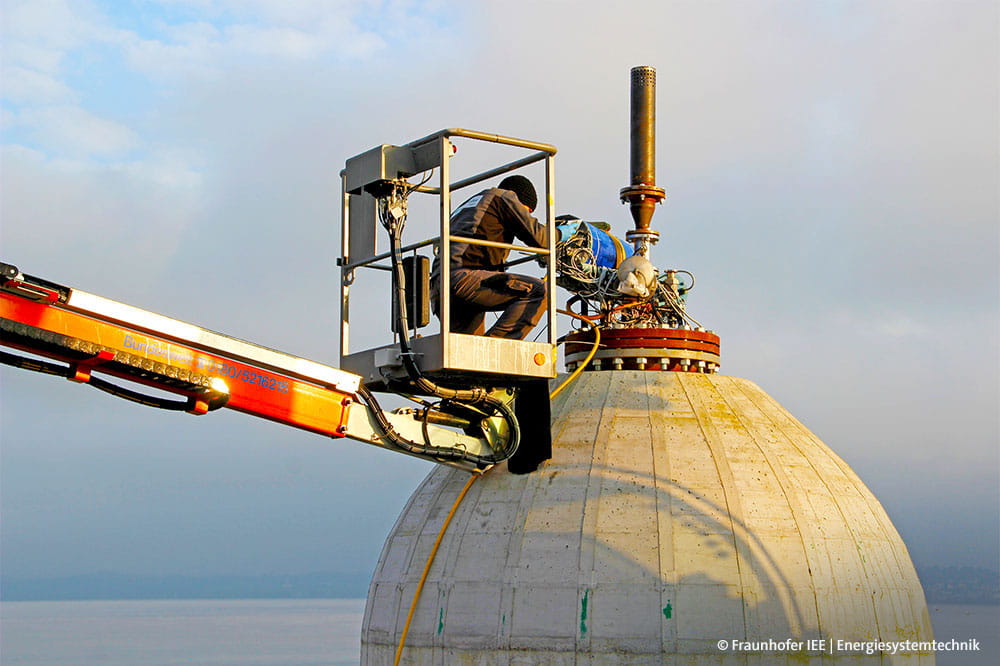
Concrete sphere works like a battery
When under water, the concrete sphere functioned like a storage battery. If it was emptied out, it had the equivalent of a full battery charge. If it was completely filled with water, it was the equivalent of a dead battery. Flooding the concrete sphere generated energy. The principle worked out flawlessly over the four-week period of the Lake Constance experiment. The pump turbine and the system’s electronics and sensors worked reliably. The process of charging and discharging electric current was stable as well. So in practice, it would be possible to use excess wind or solar energy to empty out the concrete sphere. If electric power were needed because the wind wasn’t blowing or the sun wasn’t shining, you would let the water flow into the sphere, releasing the stored electricity and transmitting it to the shore via the cable connection.
A Sensible Option for Offshore Wind Power
The efficiency increases if you sink the sphere to a greater depth. Only the water pressure prevailing at lower depths guarantees the efficiency and economy that is needed. The right pressure can only be found at a depth of 600 to 800 meters – or lower. That rules out Germany’s coastal waters in the North and Baltic Seas. On the other hand, the maritime areas of Norway and Spain would qualify. Additional tests are expected to use spheres ten times as large as the ones used in Lake Constance. Spheres with a diameter of thirty meters at a depth of 700 meters have about twenty megawatt hours of storage capacity. That is the energy that an offshore wind turbine produces over four hours at maximum output. A combination of numerous concrete spheres and offshore wind power facilities seems to make sense. If you had 200 of these gigantic spheres on the seafloor near offshore wind turbines, you could store about 4,000 megawatt hours. The energy conversion efficiency for interim storage is 75 to 85 percent. The transmission of the power takes place over the pre-existing cabling for the offshore wind park. So these hollow concrete spheres would be a way to improve how the wind industry deals with a fluctuating supply of renewable energy.
More news on the subject Renewable Energies

Join Us!
Experience Freudenberg Sealing Technologies, its products and service offerings in text and videos, network with colleagues and stakeholders, and make valuable business contacts.
Connect on LinkedIn! open_in_new